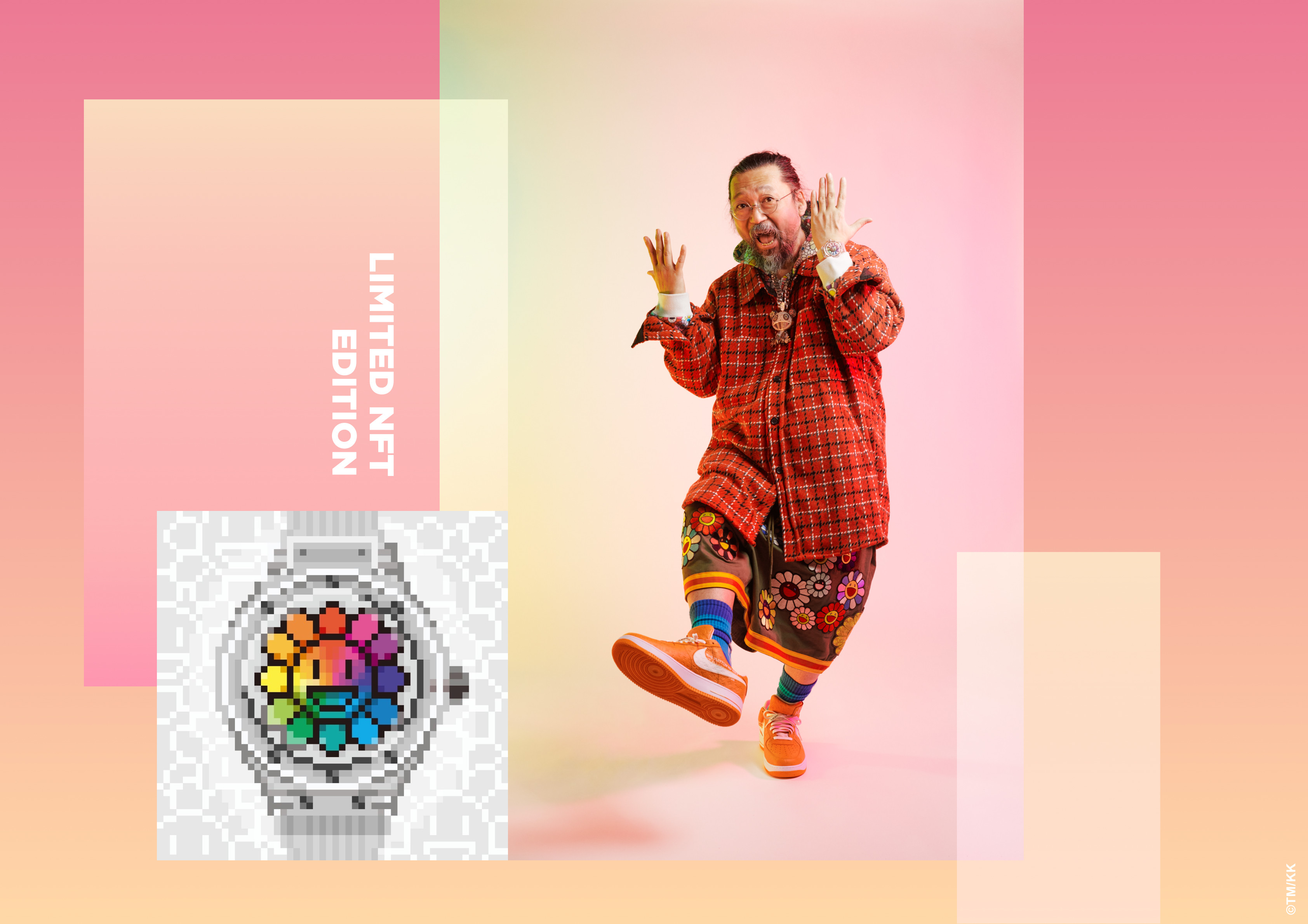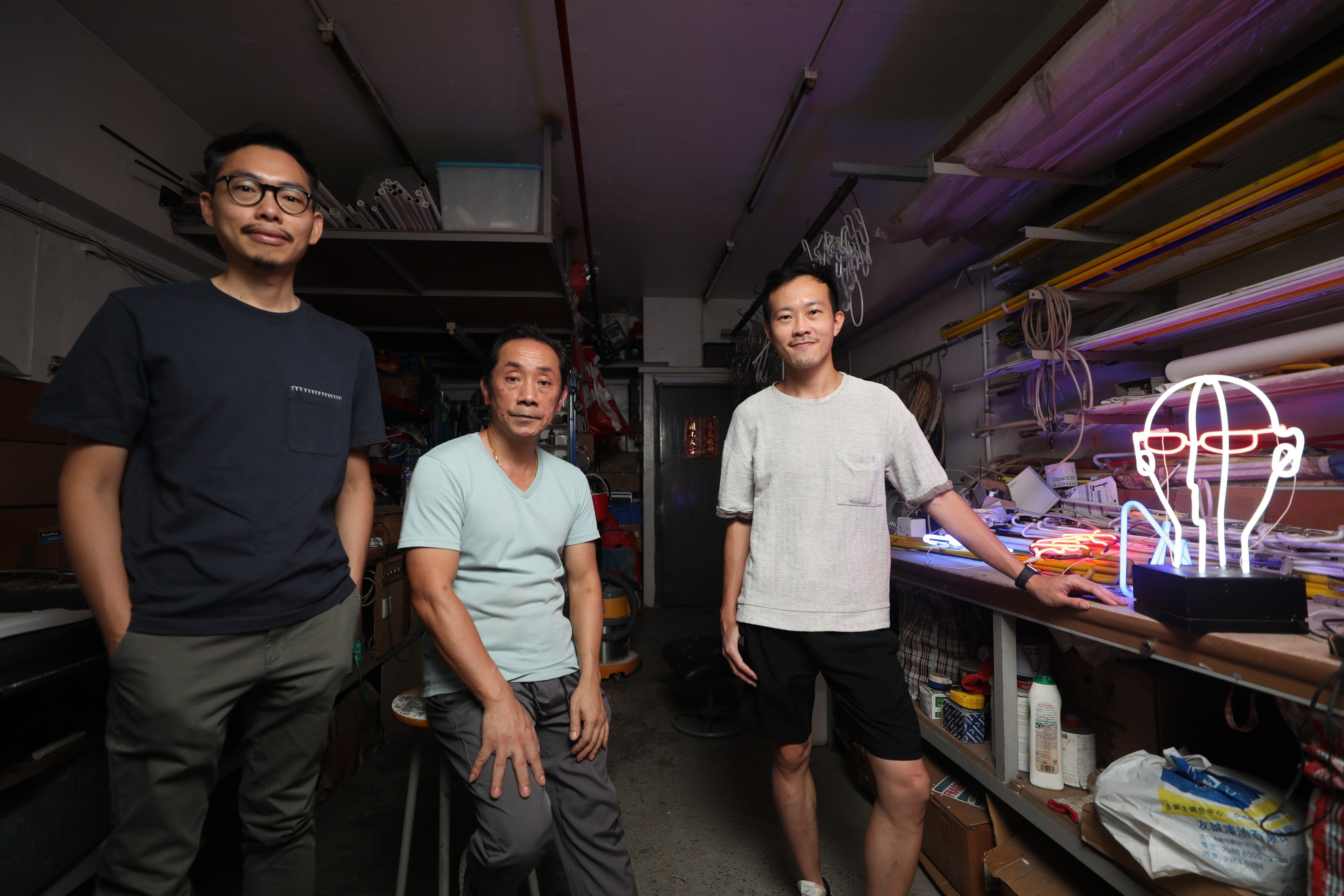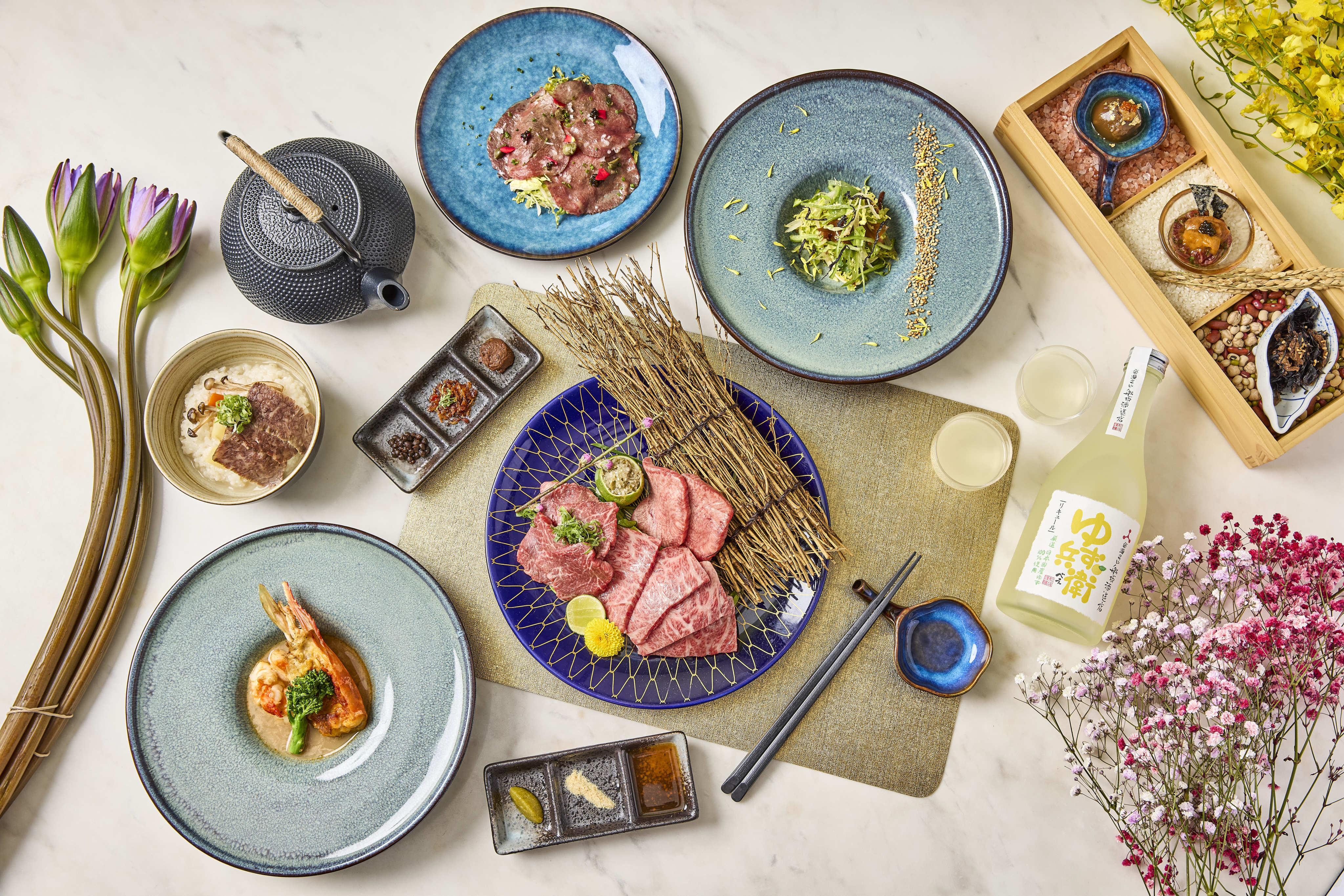Art Basel Hong Kong 2022: what you need to know, from NFT offerings and a hybrid digital model – complete with virtual tours – to satellite booths and 26 more galleries than 2021

- Art Basel returns to Hong Kong with more galleries and an expanded presence that even includes a projection onto M+ museum – all making up for its two-month delay due to Covid-19
- The fair and UBS’ ‘Art Market 2022’ report finds that high-net-worth individuals are more optimistic about investing in the art market than the stock market too
Art Basel’s return to Hong Kong is set to look markedly different from 2021, when a “soft relaunch” with 104 galleries appeased eager visitors who had lamented the 2020 event’s cancellation. Mounting social distancing restrictions and a zero-Covid policy brought challenges to the organisers yet again this year, leading to the difficult decision to postpone the fair two months after the typical “art month” and its concurrent events. But it’s proving to be more than worth the wait.
According to “The Art Market 2022” report, produced by Art Basel and UBS, the market is once again thriving, with a reported global turnover of US$65.1 billion in 2021. In Greater China, sales in the art market grew 35 per cent year on year, and up to 30 new gallery exhibition spaces opened their doors in the region last year. It’s no wonder, then, that fair organisers seized the opportunity to build the fair back to pre-pandemic expectations.

Art Basel Hong Kong’s 2022 instalment features a fourth more galleries, growing from 104 to 130 exhibitors, with international participation made possible with the implementation of satellite booths staffed by local representatives appointed by Art Basel. The concept was established last year for vendors who found themselves unable to travel in light of restrictions, but Adeline Ooi, Art Basel’s director for Asia, has seen a “significant uptake” in its popularity.
Our realities differ vastly from one region to another, so it’s important that we adapt our fair model to suit the context
With the continued use of technology, visitors’ experience is expected to evolve accordingly. “We are taking the learning from last year to further refine and enhance the digital fair experience and create a more seamless integration between the physical and the virtual,” said Ooi. This, she added, includes an expansion of its virtual tours, with nine walk-throughs conducted in five languages available to both the general public and VIP clientele.
“The Show Experience Assistant service, which debuted last year and offers patrons unable to attend the fair in person a customised virtual experience of the show floor, has also been further extended and galleries can now also designate patrons of choice,” added Ooi.
Ultimately, despite its global presence and reputation, Ooi warned of the inability to adopt a one-size-fits-all approach to the fair. “Our realities differ vastly from one region to another, so it’s important that we adapt our fair model to suit the context and specific conditions we are operating within. Consequently, it’s not just the fair’s virtual offerings that have grown.”











